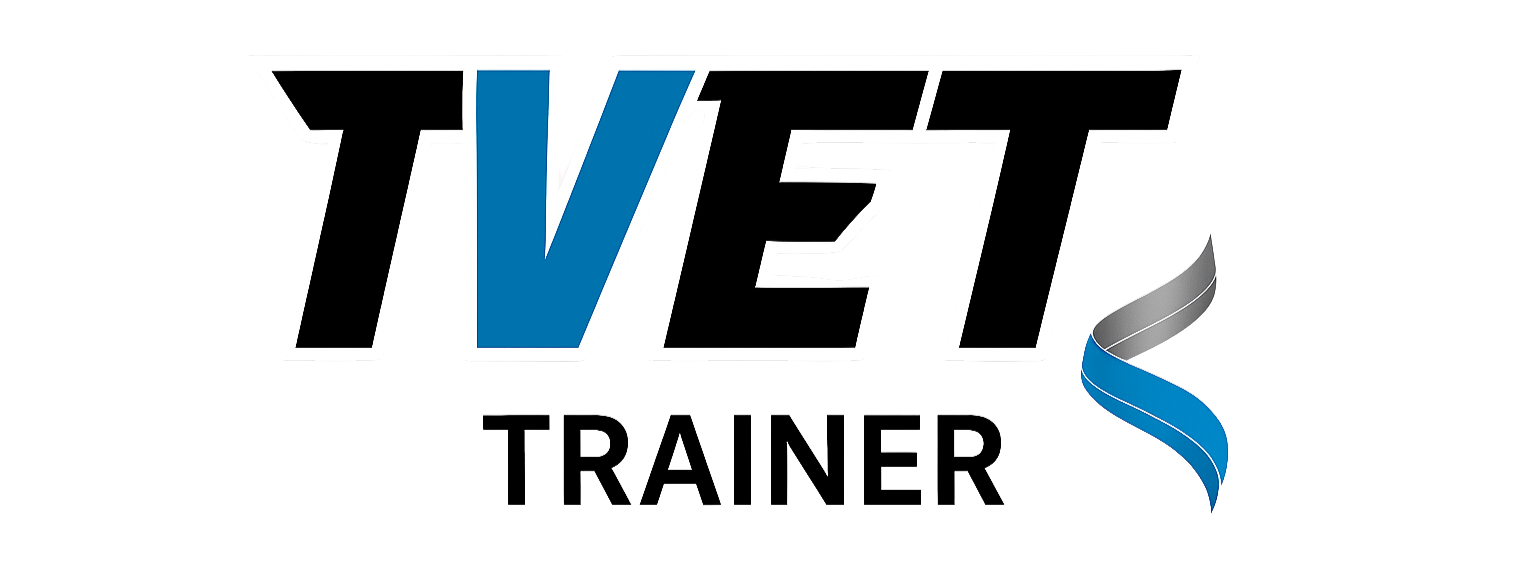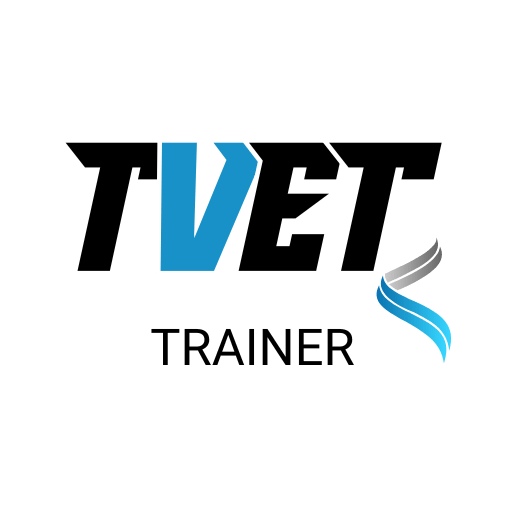
Assessment methods have come under increasing scrutiny in technical and vocational education and training. As educators and policymakers grapple with the challenge of measuring student progress effectively, a holistic approach to assessment has emerged as a promising solution. This comprehensive evaluation method offers a wealth of benefits for both learners and assessors, potentially revolutionising how we gauge educational achievement.
The Rise of Holistic Assessment
Traditional assessment methods have long been criticised for their narrow focus and inability to capture the full spectrum of a student's abilities. In response, holistic assessment has gained traction as a more nuanced and inclusive approach. This method considers academic knowledge and skills, attitudes, and the application of learning in real-world contexts.
Efficiency in Evidence Collection
One of the most significant advantages of holistic assessment is its efficiency in gathering evidence of student learning. Rather than relying on a series of discrete tests or assignments, holistic assessment allows for the collection of a wide range of proof through a single, well-designed assessment occasion. This approach can dramatically reduce the workload for both learners and assessors, freeing up valuable time for teaching and learning.
For instance, a project-based assessment might require students to demonstrate their understanding of historical events, ability to analyse primary sources, and skills in coherently presenting information. In this way, a single task can provide evidence for multiple learning outcomes, streamlining the assessment process.
Cross-Unit Evidence
Another key benefit of holistic assessment is its ability to generate evidence that can be applied across multiple units or subject areas. This cross-pollination of evidence is particularly valuable in vocational education and training, where skills and knowledge often overlap between different units of study.
Consider a catering student preparing a complex dish for their assessment. This single task could provide evidence of their knife skills, understanding of food safety principles, ability to follow recipes, creativity in presentation, and time management. Each of these elements could potentially contribute to different units within their course, maximising the value of the assessment.

Integration of Knowledge and Practice
Perhaps one of the most potent aspects of holistic assessment is its capacity to reveal how learners integrate their knowledge and understanding into practical application. This insight is invaluable, as it demonstrates not just what students know but how they can use that knowledge in meaningful ways.
For example, a nursing student participating in a simulated patient scenario might demonstrate their theoretical understanding of anatomy and physiology, practical skills in taking vital signs, and the ability to communicate effectively with patients. This holistic view provides a much richer picture of the student's capabilities than a series of written and practical tests.
Planning for Holistic Assessment
While the benefits of holistic assessment are clear, implementing this approach requires careful planning and consideration. Educators must design assessment tasks that are sufficiently complex and varied to elicit a range of evidence while still being manageable for students.
Identifying Learning Outcomes
The first step in planning holistic assessments is identifying the learning outcomes that need assessment. This involves thoroughly reviewing the curriculum or training package to determine which elements can be logically grouped in a single assessment task.
Designing Authentic Tasks
Once the learning outcomes have been identified, the next challenge is to design authentic tasks that reflect real-world scenarios. These tasks should require students to apply their knowledge and skills in contexts that mirror those they might encounter in their future careers or further studies.
For instance, a business studies assessment might involve students developing a business plan for a start-up company. This task could encompass market research, financial planning, marketing strategy, and presentation skills, which are likely relevant to multiple units within the course.
Creating Assessment Rubrics
Developing comprehensive assessment rubrics is essential to ensure that holistic assessments are evaluated consistently and fairly. These rubrics should clearly outline the criteria for performance levels across all the assessed elements.
A well-designed rubric will guide assessors in identifying evidence of learning across various domains, from subject-specific knowledge to transferable skills such as critical thinking and communication.
Providing Clear Instructions
Clear and detailed instructions are essential for holistic assessments. Students should understand what they need to do and how their work will be assessed. This transparency helps students to focus their efforts and ensures that they have the opportunity to demonstrate their full range of abilities.
Balancing Breadth and Depth
One of the challenges in planning holistic assessments is striking the right balance between breadth and depth. While trying to assess everything in one go is tempting, this can lead to superficial treatment of important topics. Educators must carefully consider which elements are essential to determine together and which might be better evaluated separately.
Flexibility in Evidence Collection
Holistic assessment planning should also incorporate flexibility in how evidence can be collected. This might include allowing students to choose from various presentation formats or providing opportunities to supplement their main task with additional evidence.
Continuous Improvement
As with any assessment method, the key to successfully implementing holistic assessment lies in continuous evaluation and improvement. Educators should regularly review their assessment tasks, gathering feedback from students and colleagues to refine and enhance their approach over time.
In conclusion, the holistic approach to assessment offers a powerful tool for educators seeking to gain a more comprehensive understanding of student learning. By efficiently collecting evidence that spans multiple units and reveals the integration of knowledge and practice, holistic assessment provides a richer, more subtle picture of student achievement. While implementing this approach requires careful planning and a shift in mindset, the potential benefits for learners and assessors are substantial. As we seek ways to improve educational outcomes, holistic assessment stands out as a promising path forward, offering a more authentic and meaningful way to evaluate student progress in an increasingly complex world.






